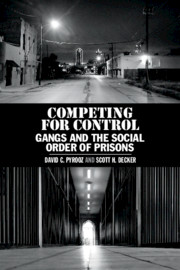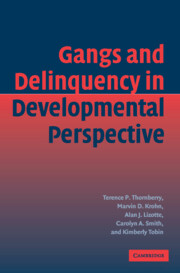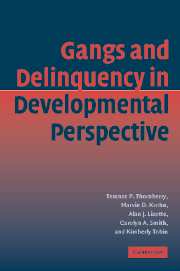Competing for Control
Pyrooz and Decker pull apart the bars on prison gangs to uncover how they compete for control. While there is much speculation about these gangs, there is little solid research. This book draws on interviews with 802 inmates - half of whom were gang members - in two Texas prisons; one of the largest samples of its kind. Using this data, the authors explore how gangs organize and govern, who joins gangs and how they get out, the dark side of gang activities including misconduct and violence, the ways in which gang membership spills onto the street, and the direct and indirect links between the street and prison gangs. Competing for Control captures the nature of gangs in a time of transition, as prison gangs become more horizontal and their power is diffused across groups. There is no study like this one.
- Examines the structure of gangs in prison and their role in contraband and control, providing insight into how prison gangs work from the perspective of gang and non-gang members in prison
- Explores the relationship between prison gangs and gangs on the street to highlight the variety of relationships, their products, and structure
- Identifies differences between gang and non-gang members along a number of dimensions, including risk factors, health, offending, victimization and prison misconduct
Reviews & endorsements
‘Competing for Control is a very important work which will surely generate significant discussions in virtually any classroom. It is a must-read for those of us in academe, as well as anyone who works in a correctional facility (or perhaps even resides in one).’ Robert M. Worley, Theory in Action
'This fascinating book takes readers inside the prison system and explains how it operates on a day-to-day basis.' E. Smith, Choice
‘Overall, then, this is a theoretically strong, well-written, and insightful book, which will no doubt become a key text for criminologists and penologists in the years to come.’ Dev R Maitra, British Journal of Community Justice
‘This study will long stand as a tour de force in this field – for four important reasons. First, there is no other study of gangs inside prisons that rivals theirs. Second, the public policy import of their research provides guidance for prison administrators in future programming that surely will produce worthwhile benefits in the enterprise of controlling prison gang violence. Third – and most important – future generations of gang researchers will view this book as a foundational body of research on prison gangs, in the same way that Thornberry and colleagues’ (2003) book was the first longitudinal study of gang membership from childhood into adulthood, and it inspired numerous other such studies. Fourth, Pyrooz and Decker utilized a rigorous study methodology.’ Buddy Howell, Criminal Justice and Behavior
‘The book stands as an exemplar of social science. Grounded in theory and the collection of data specifically suited to stimulate and test theoretical arguments, it hits on all pistons - generating knowledge about social order in general, social order in prisons more specifically, and then, still more specifically, gangs.’ Dan Mears, ACJS Today
Product details
October 2019Paperback
9781108735742
310 pages
228 × 151 × 18 mm
0.47kg
35 b/w illus. 17 tables
Available
Table of Contents
- 1. Foundation for the study
- 2. Understanding gangs in prison
- 3. The LoneStar Project
- 4. The characteristics of gang members in prison
- 5. The characteristics of gangs in prison
- 6. The role of gangs in the social order of prisons
- 7. Misconduct and victimization in prison
- 8. Joining and avoiding gangs in prison
- 9. Continuity and change in prison gang membership
- 10. Implications of competing for control.





